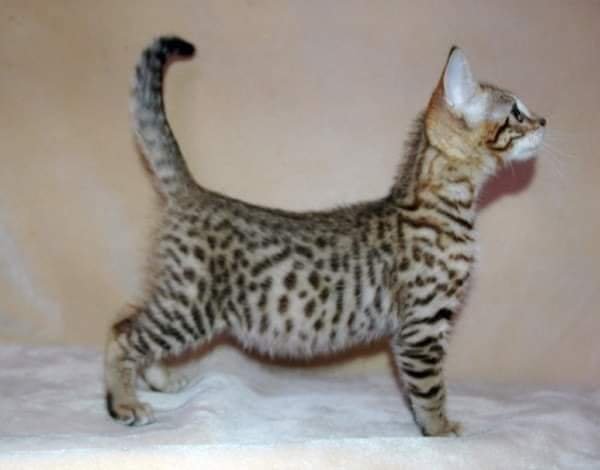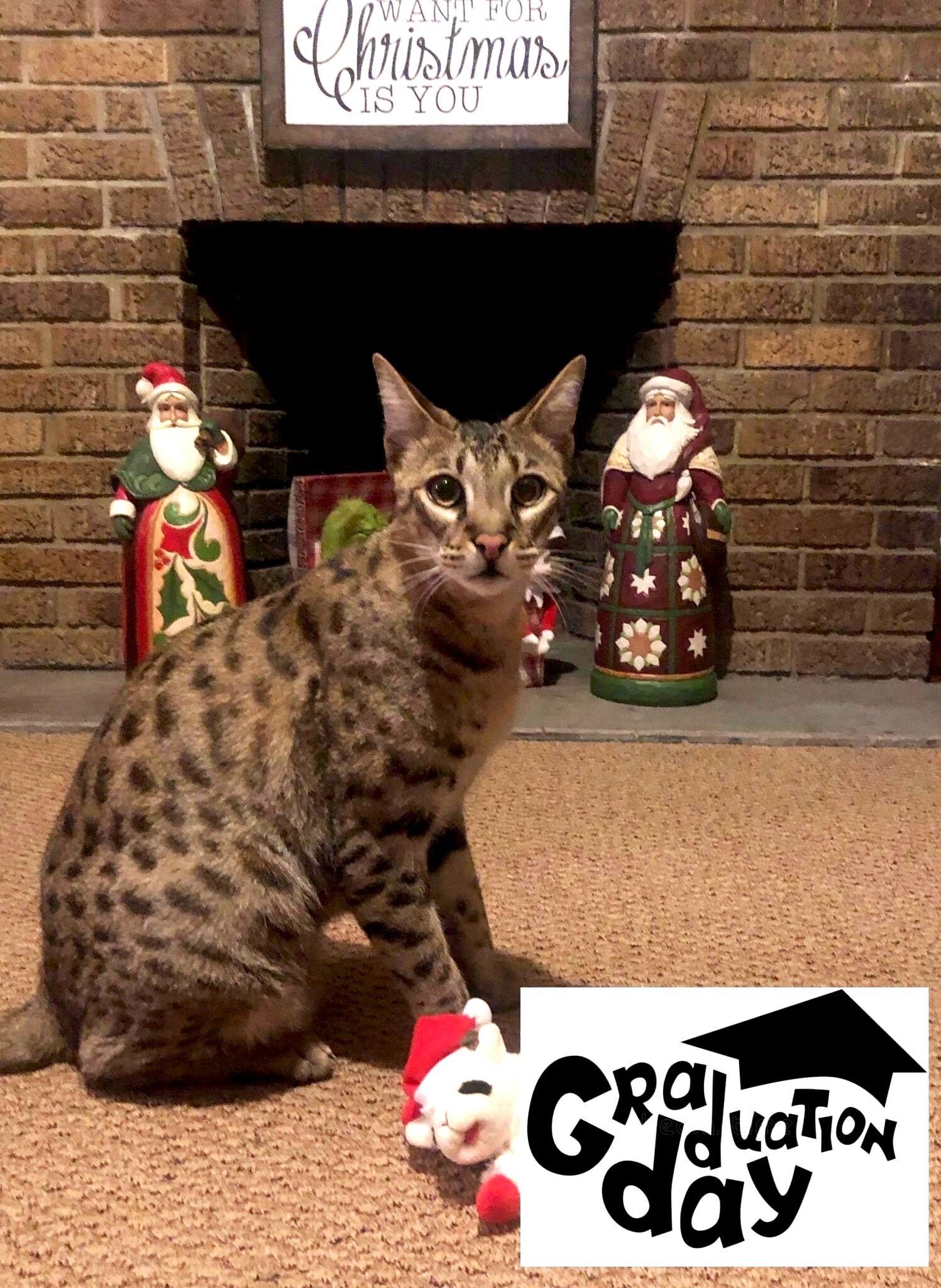Avian H5N1 in Felines: Understanding the Risks and Implications
Avian influenza, commonly known as bird flu, has long been recognized as a threat to avian species and, occasionally, humans. However, recent cases have highlighted another susceptible group: domestic and wild felines. The H5N1 strain, in particular, has shown the ability to infect cats, raising concerns about cross-species transmission, public health implications, and animal welfare.
Food For Thought: The Hidden Risks of Dry Cat Food
Let’s explore why dry food isn’t the best option and how to provide a healthier diet for your feline friend.
Are Essential Oils Safe To Use Around Cats?
Experts suggest that essential oils can positively affect cats, including repelling fleas, improving mood, promoting healthy skin, and relieving stress. Nevertheless, it's important to note that most essential oils are unsafe for cats. Some essential oils can be toxic or harmful.
Purr-fectly Groomed: A Guide to Safely Trim Your Cat's Nails
Trimming a cat's nails can be daunting for many owners, but with the right approach and patience, it can become a stress-free routine for you and your cat.
Linebreeding vs. Inbreeding Explained
Linebreeding has occurred for many years, especially in the livestock industry. Many breeders use linebreeding to keep only the parents' best features to pass down to their offspring. When appropriately done, linebreeding can produce more consistent and uniform offspring and eliminate certain flaws in the breed.
The Role of Genetics That Breeders Should Know to Avoid FIP in the Cattery
What should breeders know in terms of genetics and how to proceed with breeding once a kitten from their cattery has been diagnosed with FIP?
F2 Savannah Cat Munchie’s Effusive FIP Journey to a Cure
On September 12, 2021, Munchie became lethargic and had lost two pounds since March. He had a fever, and there was fluid around his lungs. The vet suspected Feline Infectious Peritonitis (FIP) and collected the fluid sample. I searched the web to learn about FIP and found the FIP Warriors 5.0 Facebook page, which helped save Munchie’s life.
Help! My New Savannah Kitten Hates Me! What Should I Do?
Having a new kitten is a wonderful experience; especially a Savannah kitten. Your new kitten is embarking on a journey, away from their mother, siblings, and home—and this can be terrifying.
F6 Savannah Cat Gemma and Journey to a Cure of Occular Dry FIP
In May 2021, just before my first birthday, mom came home from work and found me limping. She thought I'd injured myself, so we went to the doctor, and they gave me some medicine for pain and told mom to watch me. I was tired and wanted to sit on mom's lap and sleep. Mom became nervous about my energy level and how I didn't want to eat much. Lex, my brother, lay with me during the day while mom was at work.
A couple of weeks later (at the end of May), mom thought my eyes appeared crossed. And she was right--my left eye wasn't working very well. I still lay on her lap because she feels warm and comfy. She also said my eye wasn't reflecting light, and it was hazy. She took me back to the doctor, and they suspected I'd either hit my head or scratched my eye. The vet took my blood and gave me some medicine and eye drops. I'm not too fond of either, but I let my mom give them to me. In a few days, I felt a little better. Almost as soon as I felt better, my eye became worse, and my head hurt—I cried when they'd touch it. Mom was frantic, and back to the doctor I went. They drew blood to run lots of tests, but nothing told the doctor what was wrong.
Have Savannah, Will Travel. How to Travel in Safety and Comfort With Your Cat.
Before Leaving Home
—Create a “home away from home.” Choose a comfy carrier weeks before your trip. Leave it out in your home so the kitty can investigate. Start offering super high-value toys and treats inside the carrier, as well as a soft, inviting blanket to ensure a carrier is a happy place that smells and feels like home, providing a haven on your trip.
For cats under 15 pounds, I love the Sleepy Pod. The top can be unzipped and removed, creating a kitty bed that cats love to nap in at home. When you’re ready to travel, zip the top on, and the kitty has a safe travel bed that belts into your car seat. https://sleepypod.com/
An Introduction to Raw Feeding –A Carnivore’s Natural Diet
Cats are obligate carnivores, and raw is a species-appropriate diet. Kibble has only been around since WW2, and although its purpose was convenience and longevity, that comes with a sacrifice. Kibbles are pressure cooked at high heat, which removes most natural nutrition. Cheap oils are then used to coat them and add back synthetic vitamins to hit a base level requirement.
Common Household Cleaners Toxic to Cats
Cats are very small in size and compared to humans and most dogs. They also lack certain liver enzymes, and both of these factors make them much more sensitive to certain drugs and chemicals that don't pose an issue for other species. Cats can be exposed by ingesting these items, as well as by grooming chemicals from their coats. Some toxins can cause damage by inhalation, while others are absorbed directly through the skin.
SAVANNAHGANS® Magazine Safety Brief: Common Household Items Toxic to Cats
A 2020 report by the Pet Poison Hotline indicated the most common toxin exposures in cats include: topical spot-on insecticides, household cleaners, human drugs such as NSAIDs (ibuprofen, naproxen), acetaminophen (Tylenol), and prescription medications, poisonous plants, human food items, and essential oils/potpourri.
Nile's Story: The Danger of Rodenticide Toxicity
I want to take this opportunity to share our 13-month-old F4 Savannah boy Nile and warn all cat owners about the dangers and warning signs of ingesting rodent poison.


















